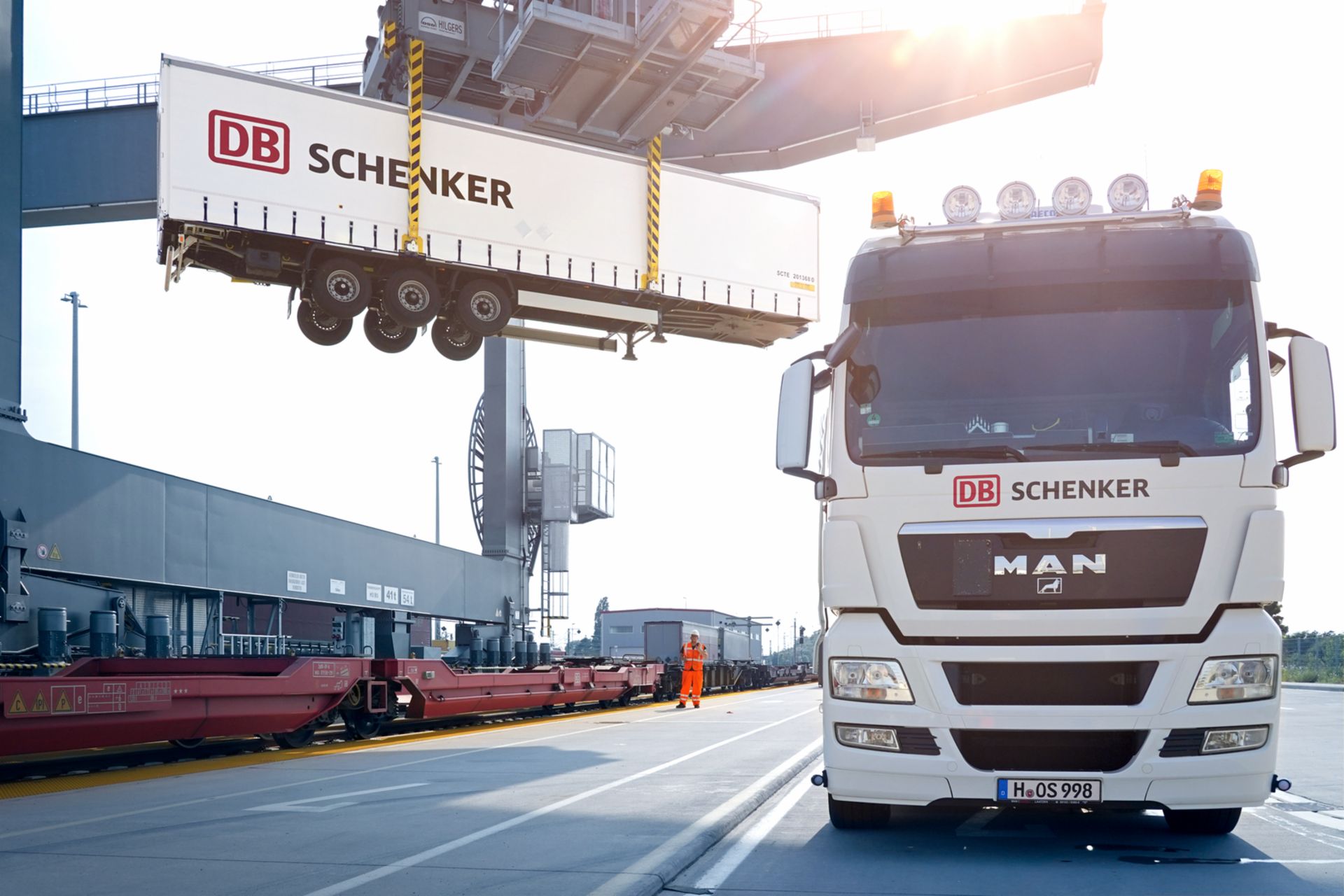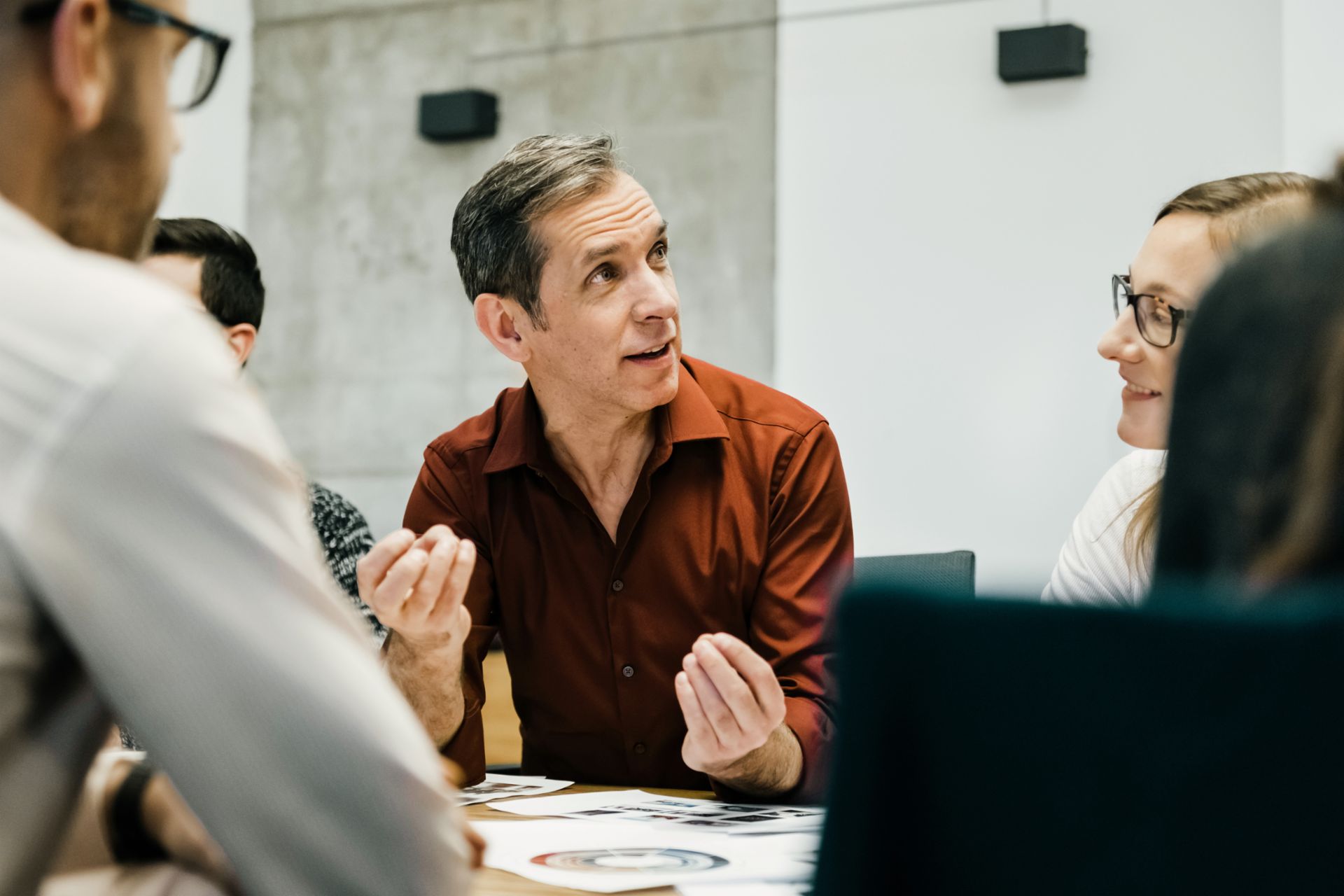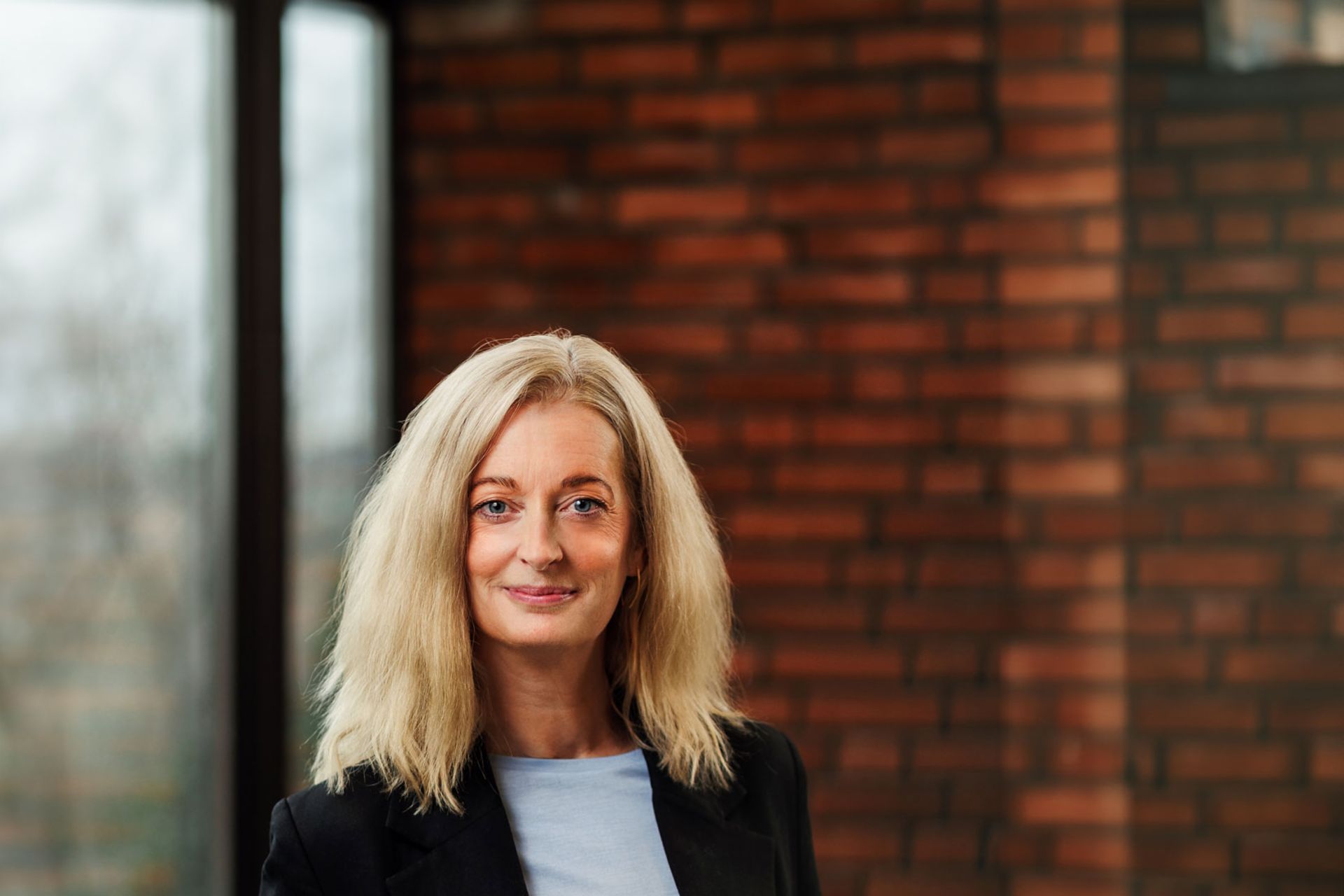Commercial vehicles of the future will be connected and communicate constantly with their immediate environment while at the same time being linked to the digital ecosystem via the cloud. For this to work, you need powerful software. At the beginning of 2020, the TRATON GROUP sent around fifty of its IT, research & development, strategy, and sales experts to the second Software Innovation Day in Munich to develop suitable ideas and concepts.
In the years to come, commercial vehicles will continue to draw a large part of their added value from the engine, chassis, and driver’s cab. But what will the vehicles look like ten years from now? Which business models will dominate the logistics market? What role will software play and how important will the amount of operational data be? Experts from the TRATON GROUP generally deal with questions like these on a cross-brand and cross-functional platform called Software Pioneers. In early 2020, however, fifty of them actually met in real life for the second time at the Software Innovation Day in Munich to share and further develop their ideas and approaches.
“To create real innovations, we have to combine the different development approaches inside and outside the vehicle,” says Marcus Wallgren, who coordinates the network within the TRATON GROUP. Vehicle-specific software, for example in the areas of telematics and maintenance, must interact with overarching solutions like transportation and fleet management systems. “That’s why we have mixed groups with representatives from the various brands, such as MAN and Scania, but also from different departments, for instance IT, Research & Development, or Business Development.”
The Software Innovation Day featured workshop sessions that expanded on the technical presentations and saw software experts apply the “Four Lenses of Innovation” method as a creative tool. First, they focused on four main areas: challenging orthodoxies, harnessing trends, leveraging resources, and understanding needs. “And then we looked at these issues from two perspectives in mixed teams,” says Marcus Wallgren. “One perspective is what new business models can arise from modern software, and the other is what software is required for future business models.”
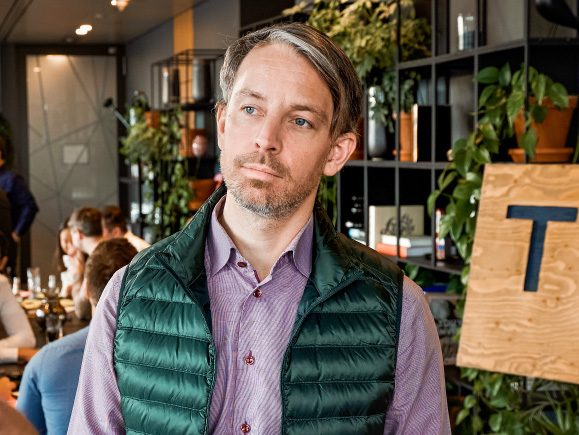
“To create real innovations, we have to combine the different development approaches inside and outside the vehicle”Marcus Wallgren
Research & Innovation, TRATON GROUP
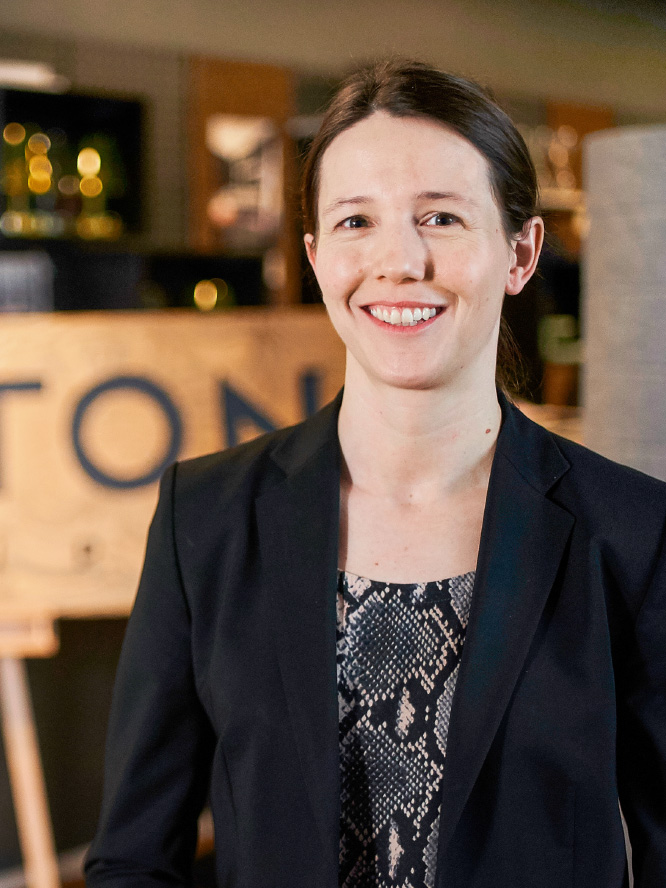
“The transportation sector is dealing with five major trends”Georgia Kaiser
Business Innovation, TRATON GROUP
“The transportation sector is dealing with five major trends,” says Georgia Kaiser, who heads the TRATON GROUP’s Business Innovation department. “One driver of change is the regulation of emissions through the forthcoming emissions legislation. At the same time, global transportation capacities continue to grow.” Other requirements result from changing customer behavior, which is more strongly focused on sustainability, from an increasingly automated supply chain and, last but not least, from new vehicle technologies such as electric or automated driving.
“For example, we are exploring ways in which the TRATON GROUP’s products can be integrated into a more strongly automated and connected world of transportation — with the help of software and data, but also through new partnerships,” says Kaiser. She points out that it is not enough to let a truck drive autonomously on the highway, for instance. It has to be integrated into the IT systems of the entire logistics chain — such as at the loading ramp of a warehouse or the terminal of a container port. “What we can do today is only a part of what the market will demand from us in the future,” reflects Kaiser. “And therein lies a great opportunity, but also a challenge.”
“In the context of developing technologies for automated driving, we are in close contact with our colleagues at Scania, for example when it comes to software aimed at reliably detecting objects from data provided by different sensors or designing redundant systems that autonomous trucks need for safety reasons,” reports Olaf Franke, who is responsible for the complete autonomous driving system at MAN. “Events like these help give us a bird’s eye view and provide new impulses for the big picture outside of our day-to-day business.” Autonomous driving is not just about individual technologies, but also about the interaction between all of the individual modules in a complex system. In the process, the new software technologies are what makes autonomous driving possible in the first place. “In the end, it needs to improve overall traffic safety and create real added value for the customer, for example by using new technologies to find solutions for problems like the shortage of drivers,” Franke points out. “That’s why we need a Group-wide discussion across all the brands and divisions.”
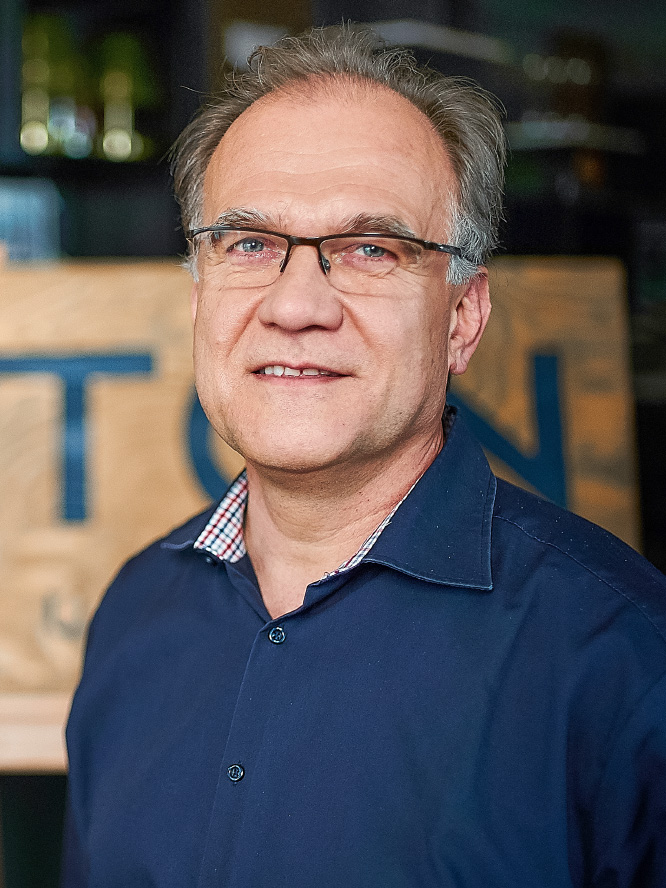
“Events like these help give us a bird’s eye view and provide new impulses for the big picture outside of our day-to-day business.”Olaf Franke
Technical Lead Autonomous Driving, MAN
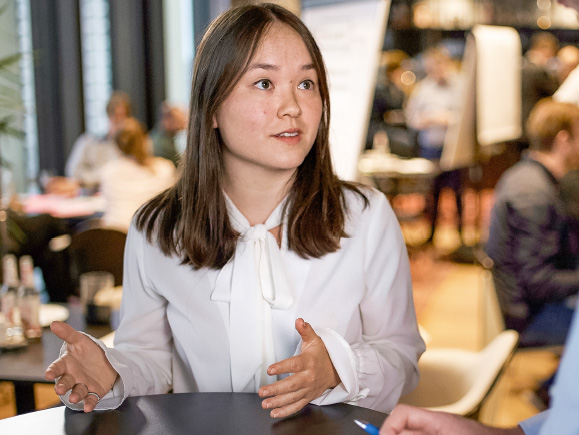
“One of the things we are currently working on at Scania is how we can use our products and services to create a new customer experience”Rebecka Domeij
Business Development, Scania
His coworker Rebecka Domeij is a Business Development Manager at Scania and has a very similar view. She has been an active member of the Software Pioneers network from the very beginning. “One of the things we are currently working on at Scania is how we can use our products and services to create a new customer experience,” Domeij notes. “Today, many departments are working on this goal separately. But if we manage to merge our software development activities closer together, we can enhance the customer experience by integrating our products and services into customer journeys.” One example could be a software system for mixed fleets that reduces the customers’ costs and increases their independence. Personal contact — like the Software Innovation Day — is helpful for the development of this kind of solutions. “Like last time, I have made many new connections with people from both MAN and Scania,” reports Domeij. “And I’m going to make the most of that in my work.”





